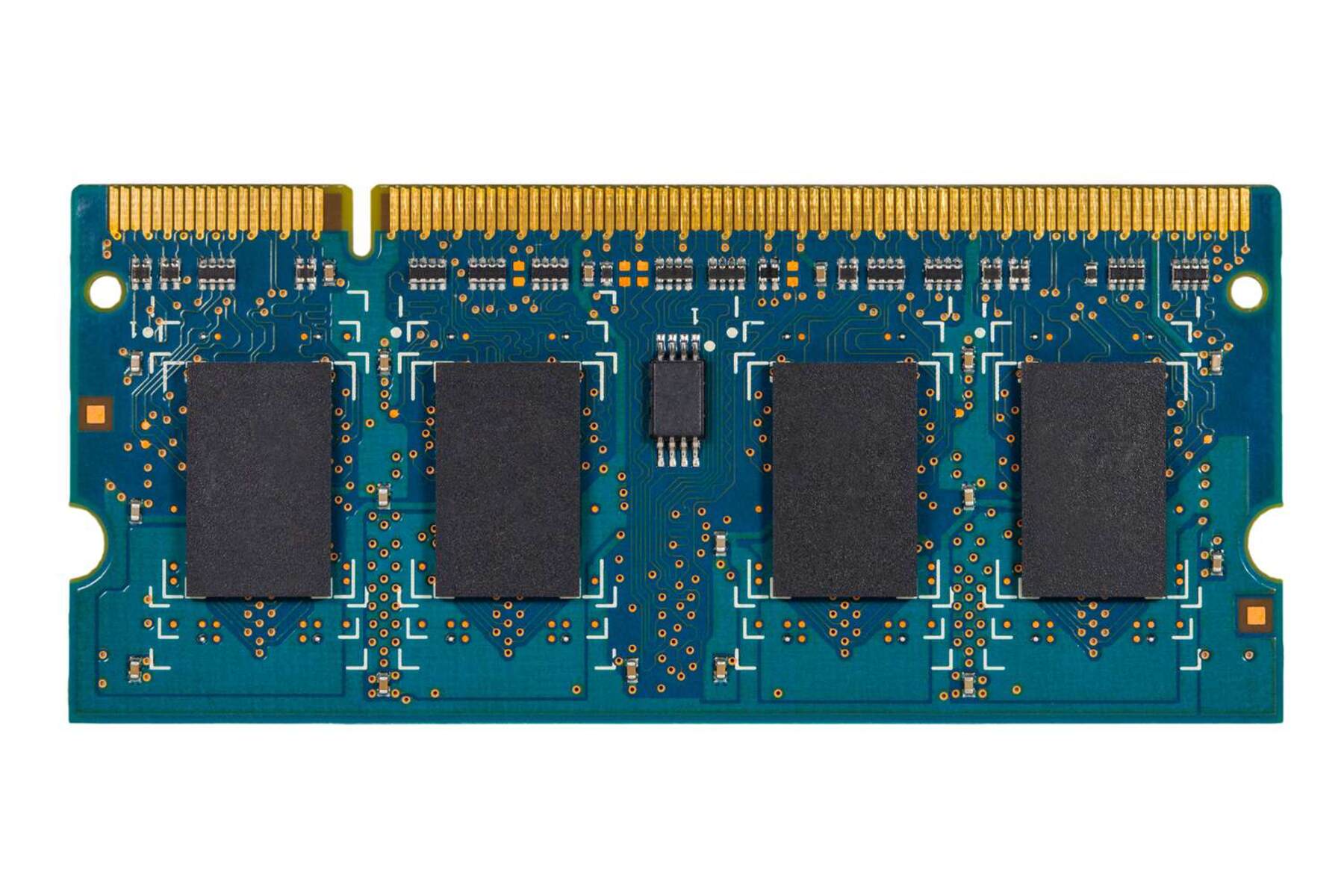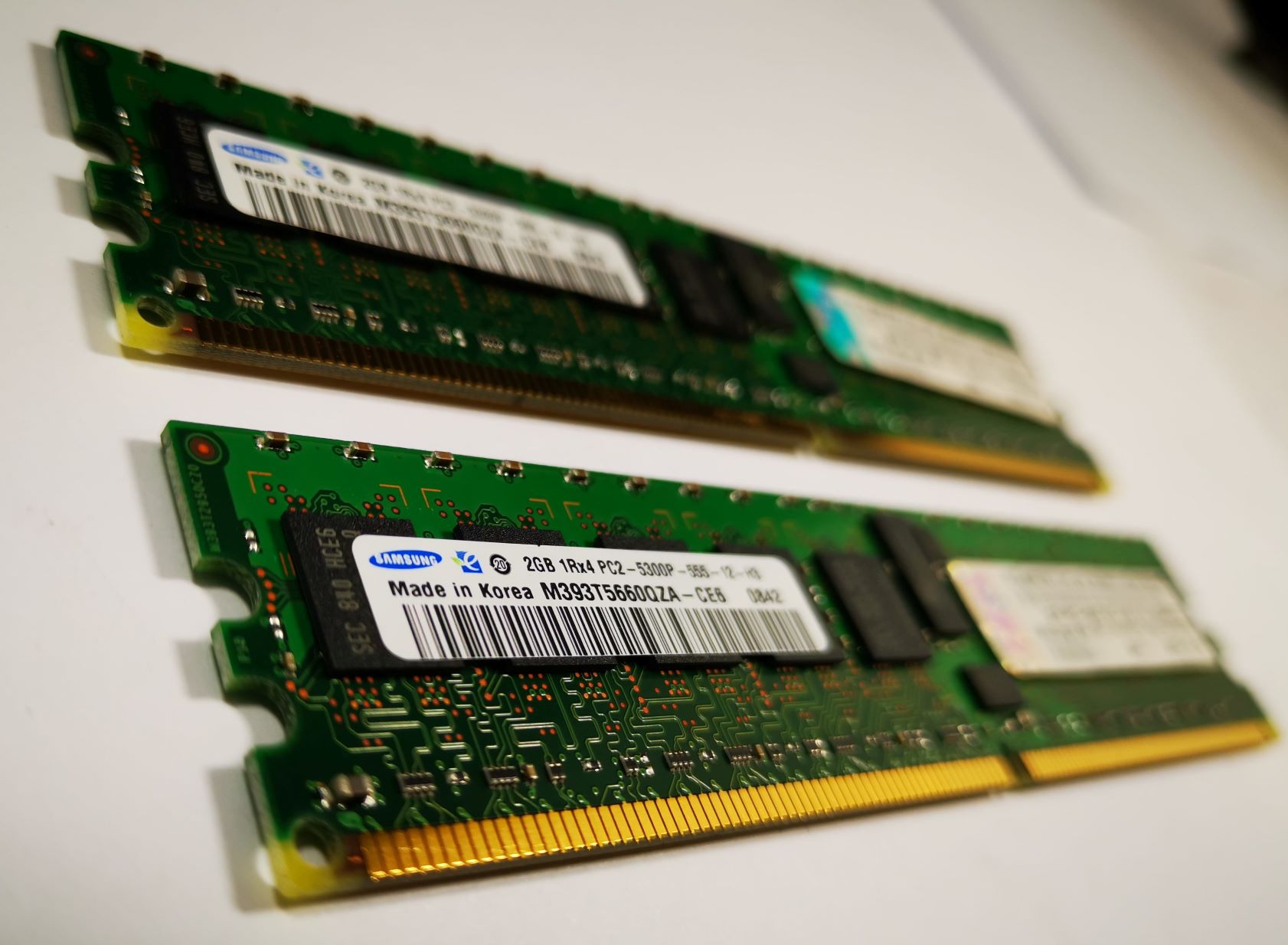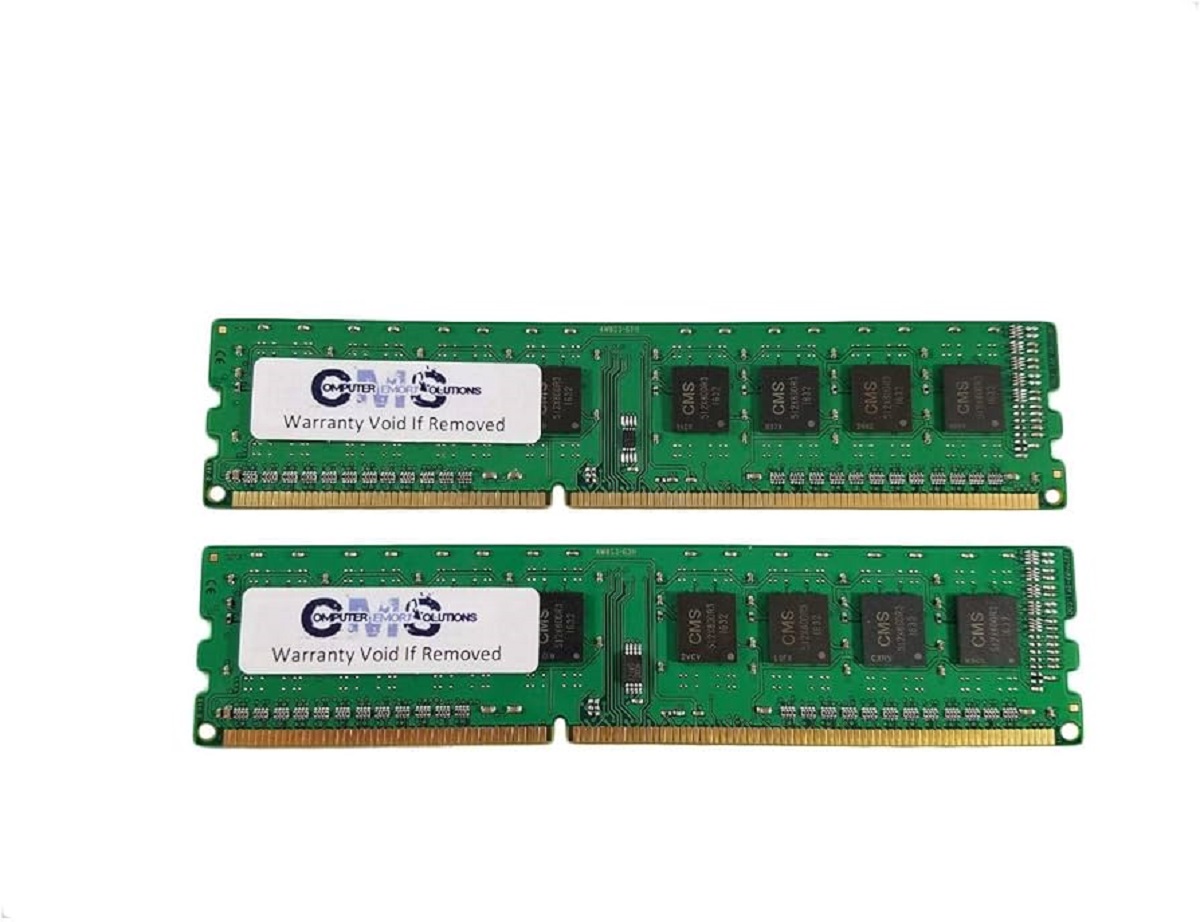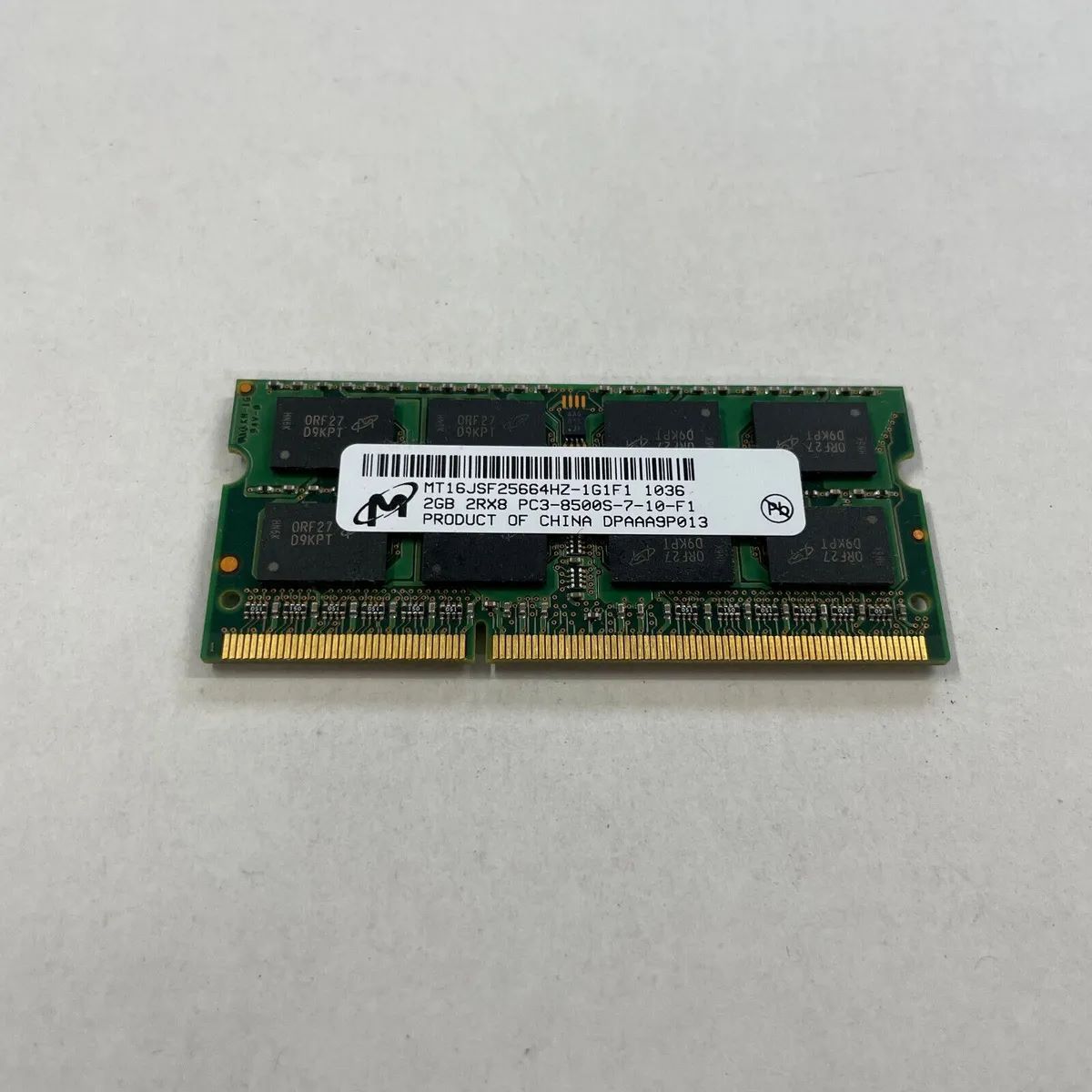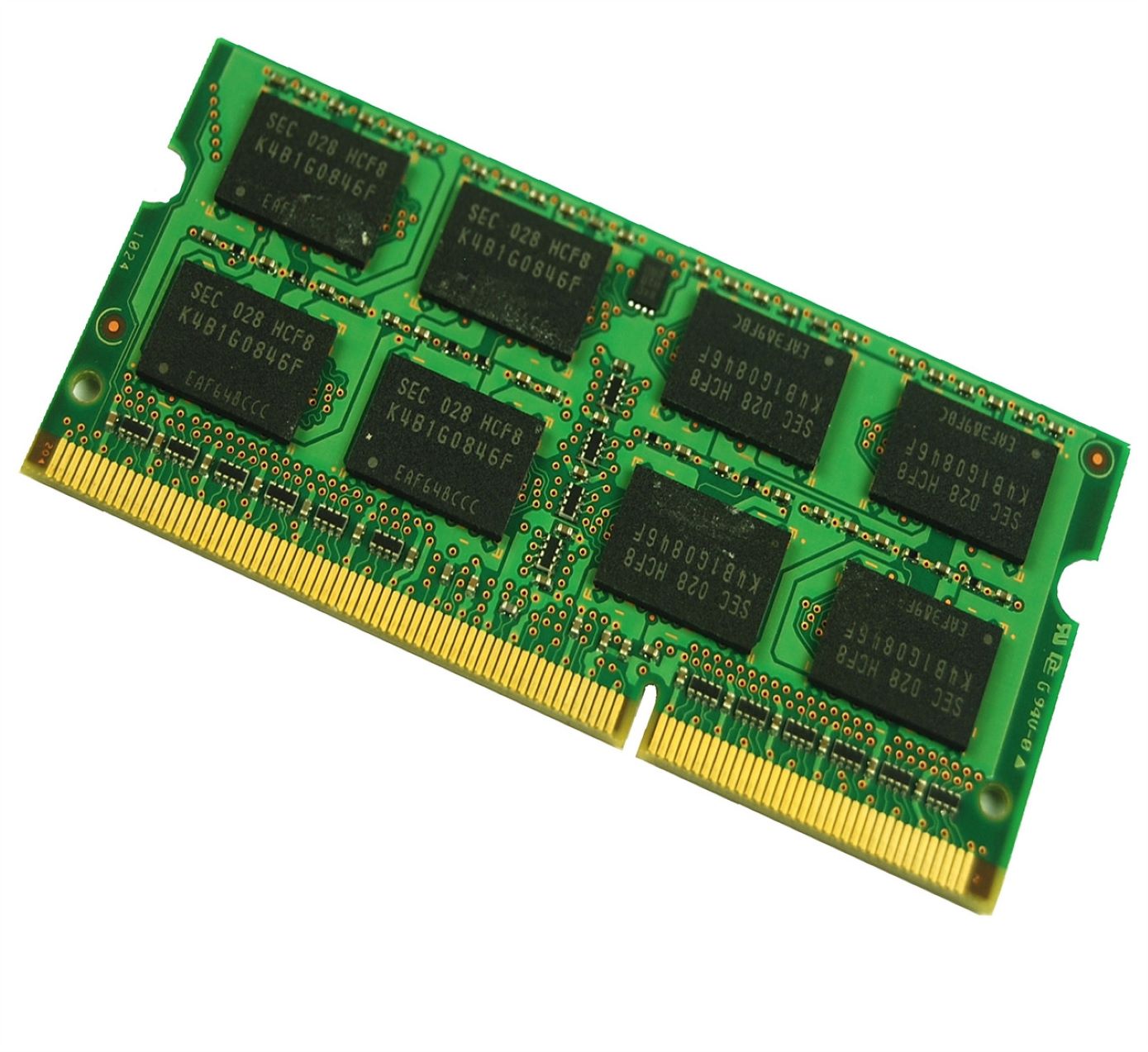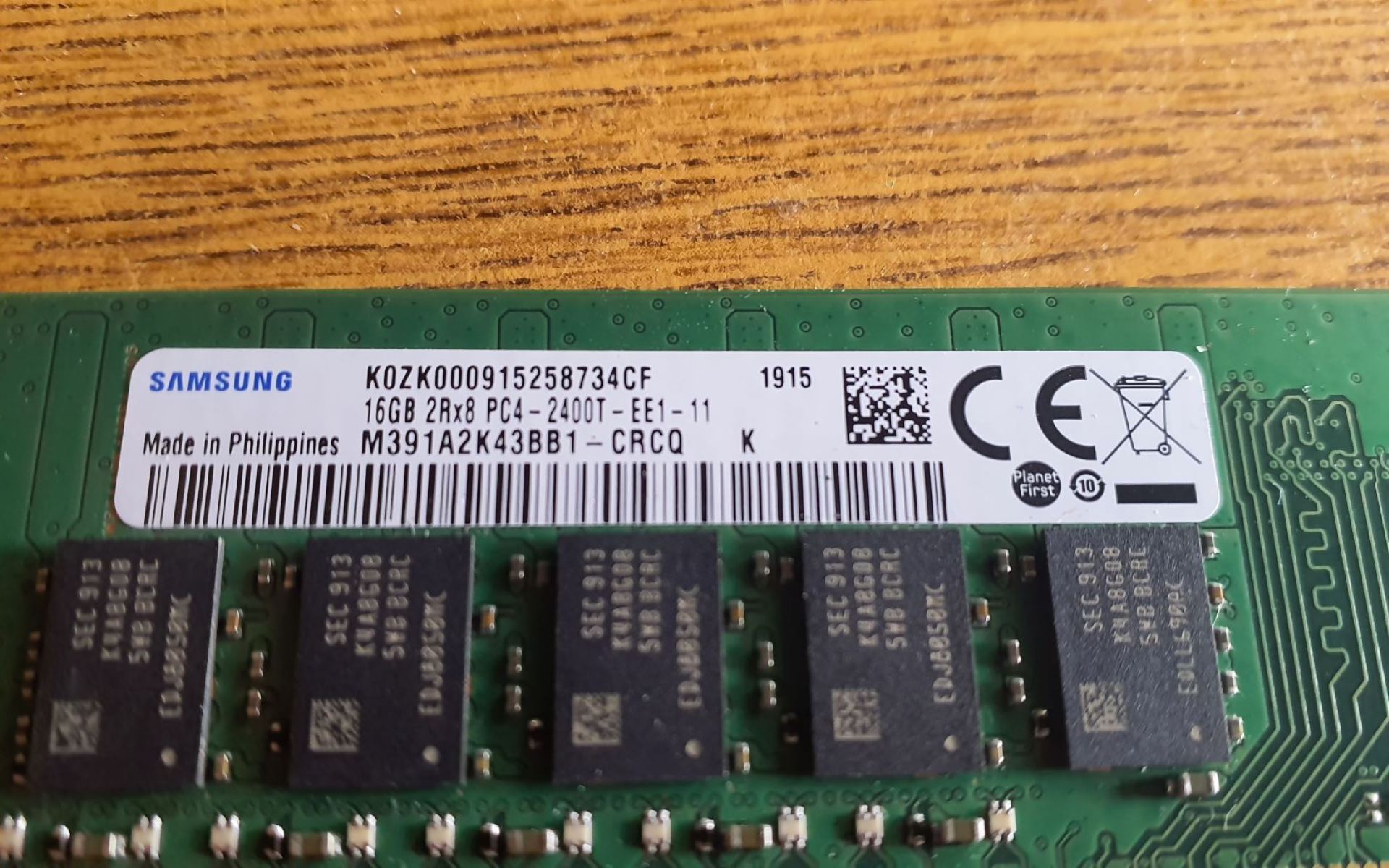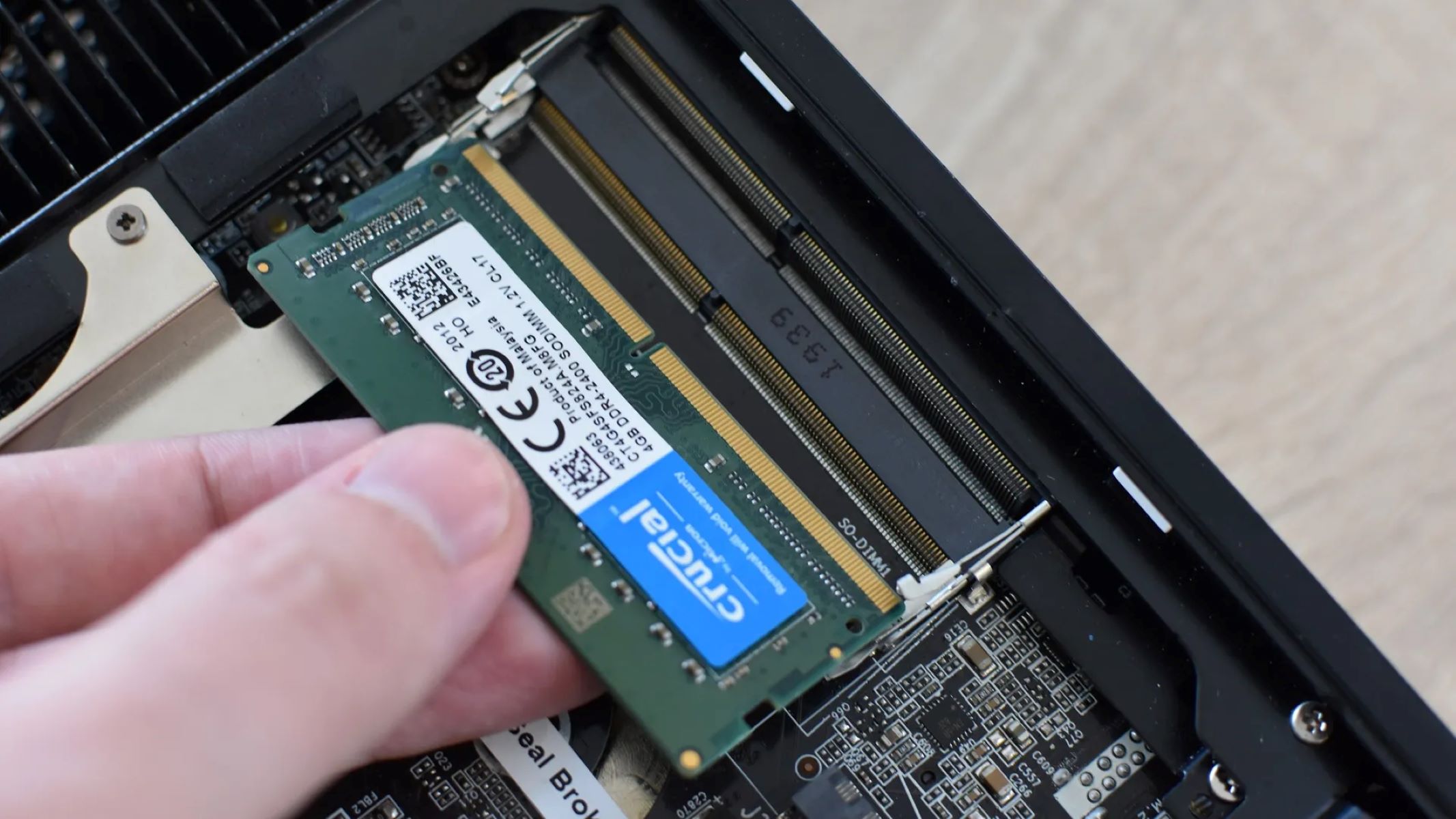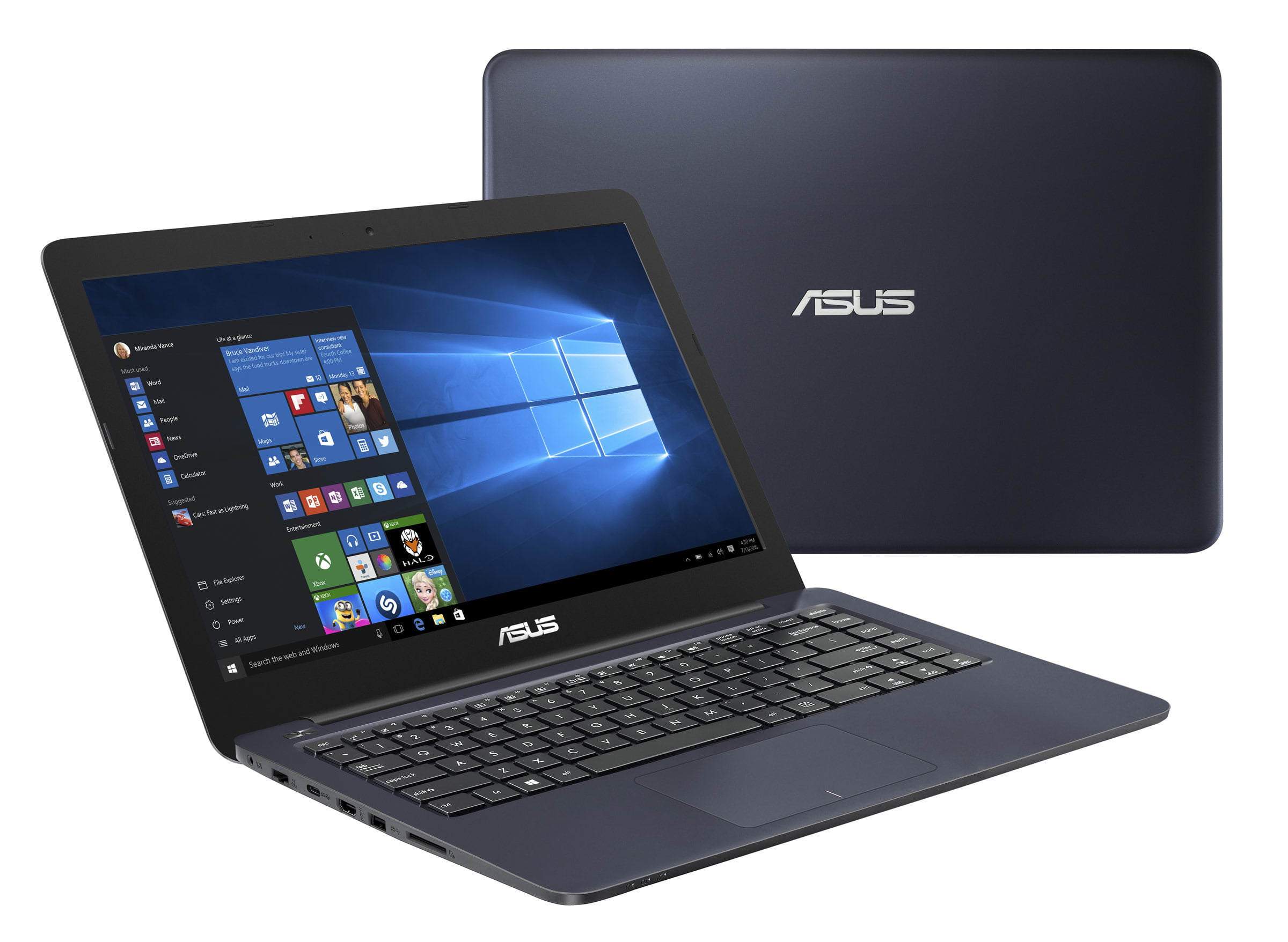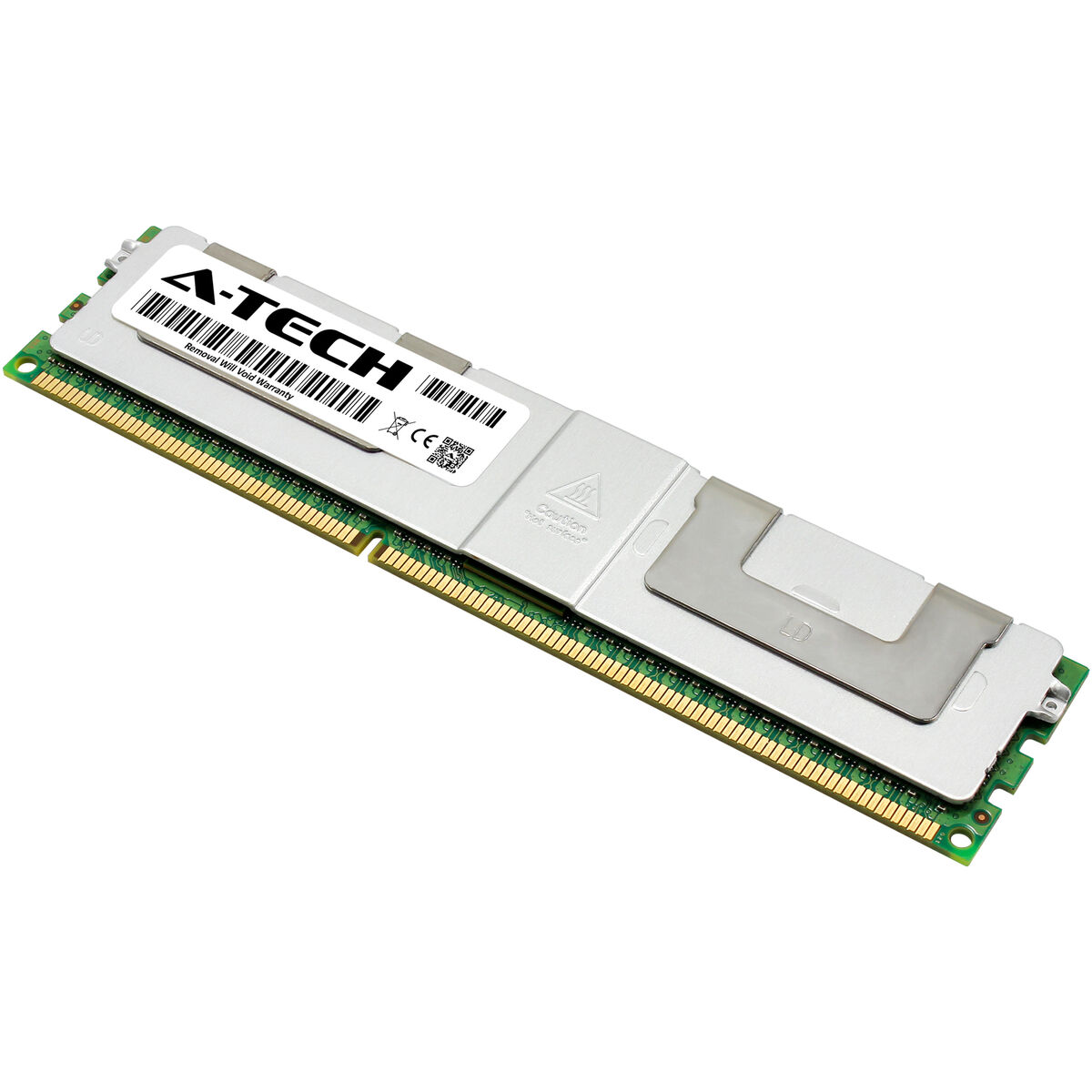Compatibility
When replacing old RAM modules in a PC, compatibility is a key factor to consider. RAM modules come in different types, speeds, and sizes, and not all modules are compatible with every computer system. To ensure a successful RAM upgrade, it is essential to verify the compatibility of the new modules with your PC’s motherboard.
The first step in determining compatibility is to identify the RAM type supported by your computer. This information can usually be found in the computer’s user manual or by checking the manufacturer’s website. Most modern PCs use DDR3 or DDR4 RAM, but older systems may still use DDR2 or even DDR memory. It is important to note that these different RAM types are not interchangeable, so upgrading to a higher DDR version may require a motherboard replacement as well.
Another aspect of compatibility to consider is the speed of the RAM modules. Each motherboard supports specific memory speeds, and it is important to match these speeds when upgrading RAM. Installing RAM modules with speeds that exceed the motherboard’s specifications may result in the modules running at a slower speed or not working at all.
Additionally, it is crucial to check the maximum capacity of RAM that your motherboard supports. Some older systems may have limitations on the amount of RAM they can handle. It is recommended to consult the motherboard documentation or manufacturer’s website to determine the maximum supported RAM capacity.
Another consideration is the form factor of the RAM modules. The most common form factors are DIMM (Dual In-Line Memory Module) for desktop computers and SODIMM (Small Outline Dual In-Line Memory Module) for laptops and small form factor PCs. It is important to ensure that the physical dimensions of the new RAM modules match the slots available on the motherboard.
Finally, it is essential to check the voltage requirements of the new RAM modules. Some systems may require specific voltage settings, and using RAM modules with incorrect voltage can lead to compatibility issues or even damage to the components. Ensure that the new RAM modules are compatible with the voltage requirements of your motherboard.
Taking the time to consider the compatibility factors mentioned above will help ensure a smooth and successful upgrade when replacing old RAM modules in your PC. By matching the RAM type, speed, capacity, form factor, and voltage requirements of your computer system, you can optimize performance and enhance the overall functionality of your PC.
Capacity
When replacing old RAM modules in a PC, considering the capacity of the new modules is crucial. The capacity refers to the amount of memory that a RAM module can hold, and it directly affects the overall performance and multitasking capabilities of your computer.
The first step in determining the appropriate capacity is to assess your current usage and determine if you are experiencing any performance issues related to insufficient memory. If you frequently run resource-intensive applications, such as video editing software or virtual machines, or if you experience slowdowns and lags when multitasking, it may indicate that you need more RAM capacity.
The amount of RAM needed can vary depending on the specific tasks you perform and the software you use. For general-purpose computing and light multitasking, 8GB of RAM is usually sufficient. However, for more demanding tasks like gaming, graphic design, or video editing, it is recommended to have at least 16GB of RAM to ensure smooth performance and eliminate bottlenecks.
It is important to note that the maximum capacity supported by your motherboard also plays a significant role in determining the upgrade potential. While your computing needs may require a higher RAM capacity, if the motherboard does not support it, you will be limited to the maximum allowed capacity.
Additionally, it is worth considering the future scalability requirements of your system. If you anticipate increasing demand for memory in the future, such as when upgrading to more demanding software or adding additional hardware components, it may be wise to invest in a higher capacity RAM module that can accommodate your future needs.
However, it is essential to strike a balance between capacity and cost. Higher capacity RAM modules are generally more expensive, so it is important to evaluate your budget and weigh the advantages of increased performance against the associated costs. If budget constraints are a concern, you can start with a smaller capacity and add more modules later as needed.
In summary, when replacing old RAM modules in a PC, carefully consider the capacity of the new modules based on your specific computing needs, multitasking requirements, and the maximum capacity supported by your motherboard. By selecting an appropriate capacity, you can improve the performance and responsiveness of your computer system without overspending.
Speed
When replacing old RAM modules in a PC, the speed of the new modules is a crucial factor to consider. RAM speed directly affects the performance and responsiveness of your computer, particularly in tasks that involve large data transfers or heavy multitasking.
The speed of RAM is measured in megahertz (MHz) and indicates how quickly data can be read from or written to the memory module. Higher RAM speeds result in faster data transfer rates, which can lead to improved overall system performance. However, it’s important to note that the benefit of higher RAM speeds may vary depending on the specific tasks and applications you use.
Before upgrading your RAM, it is essential to determine the maximum RAM speed supported by your computer’s motherboard. This information can typically be found in the motherboard’s specifications or user manual. Installing RAM modules with speeds that exceed the motherboard’s capabilities may result in the modules running at a lower speed, negating the benefits of the high-speed RAM and potentially causing compatibility issues.
Keep in mind that not all applications can take full advantage of high-speed RAM. For example, basic office tasks, web browsing, or casual gaming may not benefit significantly from RAM speeds beyond a certain threshold. On the other hand, memory-intensive tasks such as video editing, 3D rendering, or running virtual machines can benefit from higher RAM speeds, as they involve large data transfers and simultaneous processing.
It is also important to consider the impact of RAM speed on the overall system configuration. Many modern processors, such as those from Intel and AMD, have integrated memory controllers that directly interact with RAM. These memory controllers have specific limitations and are optimized for certain RAM speeds. It is recommended to consult the processor specifications to determine the ideal RAM speed for compatibility and maximum performance.
Lastly, it’s worth noting that RAM speed alone should not be the sole basis for upgrading your RAM. The capacity and compatibility must also be taken into account to ensure a well-rounded upgrade that optimizes system performance. It is advisable to strike a balance between capacity, speed, and compatibility when selecting new RAM modules.
In summary, when replacing old RAM modules in a PC, carefully consider the speed of the new modules based on your specific computing needs and the limitations of your motherboard and processor. By selecting an appropriate RAM speed, you can maximize the performance of your computer and enhance its responsiveness, particularly in memory-intensive tasks.
Form Factor
When replacing old RAM modules in a PC, the form factor of the new modules is a crucial consideration. The form factor refers to the physical dimensions and design of the RAM modules, which must be compatible with the slots on your motherboard.
The most common form factor for desktop computers is DIMM (Dual In-Line Memory Module). DIMM modules are rectangular in shape and have multiple pins along the bottom that connect to the motherboard. These modules are used in traditional tower PCs and are available in various sizes, such as standard DIMM and low-profile DIMM.
On the other hand, for laptops and small form factor PCs, the most commonly used form factor is SODIMM (Small Outline Dual In-Line Memory Module). SODIMM modules are smaller and more compact, making them suitable for systems with limited space. These modules also have pins along the bottom but are shorter in length compared to DIMM modules.
When selecting new RAM modules, it is important to ensure that the form factor matches the slots available on your motherboard. Trying to fit an incompatible module can not only cause physical damage but also lead to system instability and failure to boot.
In addition to the form factor, it is also worth considering the physical dimensions of the modules. Depending on your system’s configuration, certain components near the RAM slots, such as CPU coolers or graphics cards, may have size restrictions. It is recommended to measure the available space and choose RAM modules that fit comfortably without obstructing other components.
Furthermore, there are specialized form factors designed for specific purposes or systems, such as ECC (Error Correcting Code) RAM for servers and workstations, or proprietary form factors for certain brands or models. If you have a specialized system, ensure that you select RAM modules that are specifically designed for compatibility with your system’s form factor requirements.
It is also important to note that different RAM speeds, capacities, and technologies may be available in different form factors. Therefore, when comparing different RAM options, make sure to consider the form factor in conjunction with the desired specifications to find the right match for your system.
In summary, when replacing old RAM modules in a PC, it is crucial to consider the form factor of the new modules. Ensure that the physical dimensions and design of the RAM modules match the slots and space available on your motherboard while also taking into account any specialized requirements for your specific system or purpose.
Voltage Requirements
When replacing old RAM modules in a PC, the voltage requirements of the new modules are crucial factors to consider. RAM modules operate at specific voltage levels, and using modules with incompatible voltage can lead to compatibility issues, system instability, or even damage to the components.
The voltage requirement of RAM modules is typically specified by the manufacturer and can vary between different types and generations of RAM. The most common voltage levels for desktop RAM modules are 1.5V for DDR3 and 1.35V for DDR3L. However, it’s important to note that newer DDR4 RAM operates at lower voltages, usually around 1.2V. Using the wrong voltage RAM module can result in the system not recognizing the RAM or experiencing frequent crashes and errors.
Before purchasing new RAM, it is crucial to verify the voltage requirements of your motherboard and ensure compatibility with the new modules. This information can usually be found in the motherboard’s specifications or user manual. Some motherboards also support multiple voltage levels, allowing for greater flexibility in choosing RAM modules.
Additionally, it’s important to note that using RAM modules with higher voltages than the motherboard supports can cause potential damage to the motherboard or other components. Conversely, using modules with lower voltage requirements may result in reduced performance or failure to boot. It is crucial to adhere to the voltage specifications recommended by the motherboard manufacturer and the RAM module specifications.
Some motherboards also have automatic voltage adjustment features, which can adjust the RAM voltage based on the installed modules. This feature can be useful for ensuring compatibility and stability, but it’s important to consult the motherboard documentation to understand how it functions and if it is compatible with the RAM modules you plan to install.
If you are unsure about the voltage requirements, it is recommended to consult with the motherboard manufacturer or seek expert advice to ensure safe and optimized operation of your system.
In summary, when replacing old RAM modules in a PC, it is essential to consider the voltage requirements of the new modules. Verify the voltage compatibility between the RAM modules and the motherboard to avoid compatibility issues, instability, or potential damage to your system. Adhering to the recommended voltage specifications will ensure smooth operation and optimal performance of your PC.
Brand and Model Recommendations
When it comes to replacing old RAM modules in a PC, choosing the right brand and model is important to ensure the reliability, performance, and compatibility of the new modules. There are several reputable brands in the market that offer high-quality RAM modules with varying features and specifications.
One of the trusted brands in the RAM industry is Crucial, known for its reliable performance and compatibility with a wide range of systems. Crucial offers a range of DDR3 and DDR4 RAM modules with different capacities and speeds to suit different user requirements. Another reliable brand is Corsair, known for its high-performance RAM modules specifically designed for gaming and heavy multitasking. Their Vengeance and Dominator series are popular choices among gamers and enthusiasts.
Furthermore, Kingston is also a reputable brand that offers a wide range of RAM solutions, including options for desktops and laptops. Kingston’s HyperX series is known for its exceptional performance and compatibility.
When choosing a brand, it is important to consider the compatibility with your specific motherboard and current system configuration. Checking the manufacturer’s website or consulting the motherboard documentation can provide valuable information on the recommended RAM brands and models for your system.
In addition to the brand, selecting the right model is equally important. Different models within a brand may have variations in capacity, speed, latency, and other features. It is crucial to carefully assess your computing needs and consider factors such as the type of applications you use, multitasking requirements, and future upgrade potential.
Reading reviews and user feedback can be helpful in selecting the right brand and model. Many technology websites and forums provide detailed information and real-world performance feedback from users. This can provide insights into the reliability, compatibility, and performance of different RAM modules.
Lastly, it is recommended to purchase RAM modules from authorized and reputable sellers or retailers to ensure the authenticity and warranty coverage. Be cautious when choosing exceptionally low-priced modules from unknown vendors, as they may not offer the same level of quality and support.
In summary, when replacing old RAM modules in a PC, consider reputable brands like Crucial, Corsair, and Kingston, which offer reliable and high-performance RAM solutions. Choose the right model based on your specific system requirements, compatibility, and future upgrade potential. By selecting a trusted brand and suitable model, you can ensure the reliability, performance, and compatibility of the new RAM modules in your PC.
Dual-Channel Configuration
When replacing old RAM modules in a PC, considering the dual-channel configuration is important to optimize memory performance. Dual-channel memory refers to the use of two identical RAM modules that work in tandem to increase memory bandwidth and improve overall system performance.
To enable dual-channel configuration, your motherboard must have multiple memory slots that support dual-channel mode. Usually, these slots are color-coded to indicate which ones should be populated with RAM modules for dual-channel operation. It is important to consult the motherboard’s manual or specifications to ensure proper placement of the RAM modules for dual-channel configuration.
The benefits of using dual-channel memory include improved data transfer speeds and better multitasking performance. With dual-channel configuration, the memory controller can simultaneously access data from two modules, effectively doubling the data transfer rate compared to single-channel mode.
To take advantage of this configuration, it is crucial to use identical RAM modules in terms of capacity, speed, and timings. Mismatched modules can still function in dual-channel mode, but the performance may be limited to the lowest specification of the modules installed.
For example, if one module operates at a higher speed and the other at a lower speed, both modules will run at the lower speed when operating in dual-channel mode. Similarly, if one module has higher timings, both modules will operate at the higher timings. Therefore, it is recommended to use RAM modules from the same manufacturer and model to ensure compatibility and maximize the benefits of dual-channel configuration.
It is worth noting that not all applications and tasks can take full advantage of dual-channel memory. Memory-intensive tasks that involve large data transfers, such as video editing or 3D rendering, tend to benefit more from dual-channel configuration. On the other hand, general computing tasks or applications that are not memory-intensive may not see a significant improvement in performance from dual-channel mode.
In summary, when replacing old RAM modules in a PC, considering the dual-channel configuration is important to optimize memory performance. Check the motherboard’s specifications to ensure compatibility and proper placement of the RAM modules for dual-channel operation. By using identical modules and enabling dual-channel mode, you can improve data transfer speeds, enhance multitasking capabilities, and maximize the overall performance of your computer system.
DDR3 vs DDR4
When replacing old RAM modules in a PC, deciding between DDR3 and DDR4 is an important choice. DDR3 and DDR4 are two different generations of RAM that offer varying performance, power efficiency, and compatibility.
DDR3, or Double Data Rate 3, is an older RAM technology that has been widely used for several years. It operates at higher voltage levels (typically 1.5V) and has lower overall memory bandwidth compared to DDR4. DDR3 RAM is compatible with older motherboard models and is generally more affordable than DDR4.
On the other hand, DDR4, or Double Data Rate 4, is the latest generation of RAM. It operates at lower voltage levels (typically 1.2V) and offers higher memory bandwidth compared to DDR3. DDR4 RAM is designed to provide better performance, energy efficiency, and future-proofing for modern systems.
One of the key advantages of DDR4 is its increased memory density. DDR4 modules can provide higher memory capacity per module compared to DDR3, allowing for greater overall system memory capacity. This is particularly beneficial for memory-intensive tasks such as video editing, 3D rendering, virtualization, and gaming.
DDR4 RAM also offers improved transfer speeds, allowing for faster data access and processing. This can result in improved overall system performance and responsiveness, especially in memory-intensive applications and multitasking scenarios.
Another advantage of DDR4 is its improved power efficiency. DDR4 RAM operates at lower voltage levels, which results in reduced power consumption and heat generation. This is beneficial for system stability, as it helps keep temperatures under control and reduces the strain on the cooling system.
However, it’s important to note that the benefits of DDR4 can only be fully realized with a compatible motherboard. DDR4 RAM requires a motherboard that supports DDR4 technology and has DDR4 memory slots. If your current system uses DDR3, upgrading to DDR4 RAM would also require a motherboard upgrade.
In terms of cost, DDR4 RAM modules are generally more expensive than DDR3 due to their newer technology and higher performance capabilities. However, as DDR4 becomes more prevalent and production costs decrease, the price difference between DDR3 and DDR4 is narrowing.
In summary, when replacing old RAM modules in a PC, the choice between DDR3 and DDR4 depends on your specific requirements, motherboard compatibility, and budget. DDR4 offers higher performance, increased memory capacity, improved power efficiency, and future-proofing for modern systems. However, DDR3 may still be a viable and more affordable option for older systems or budget-conscious users.







